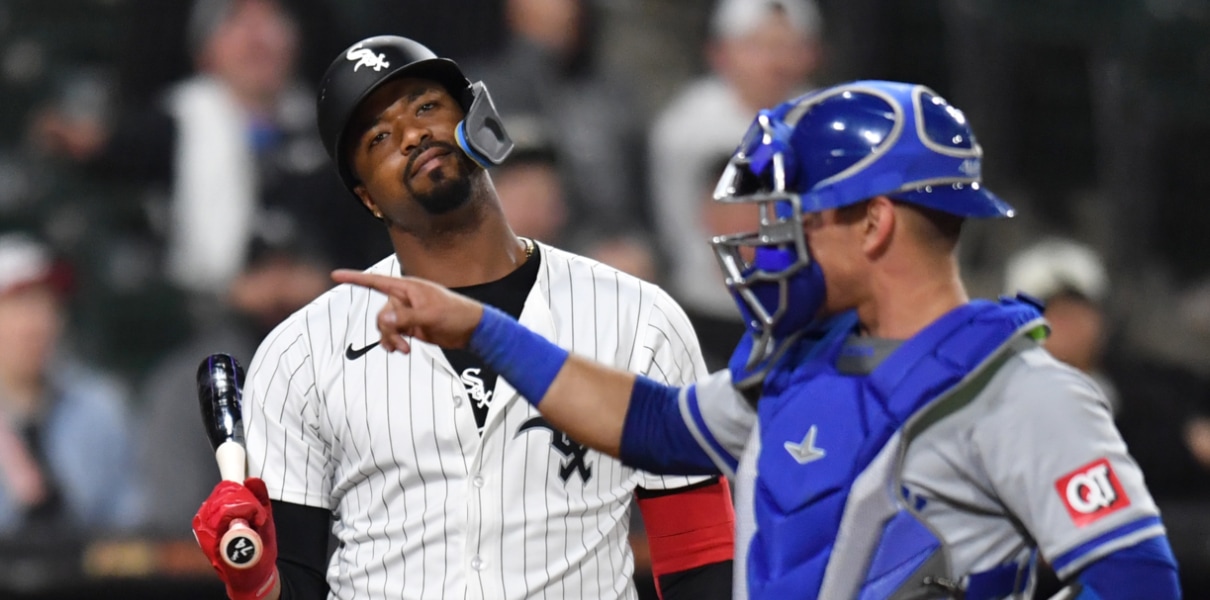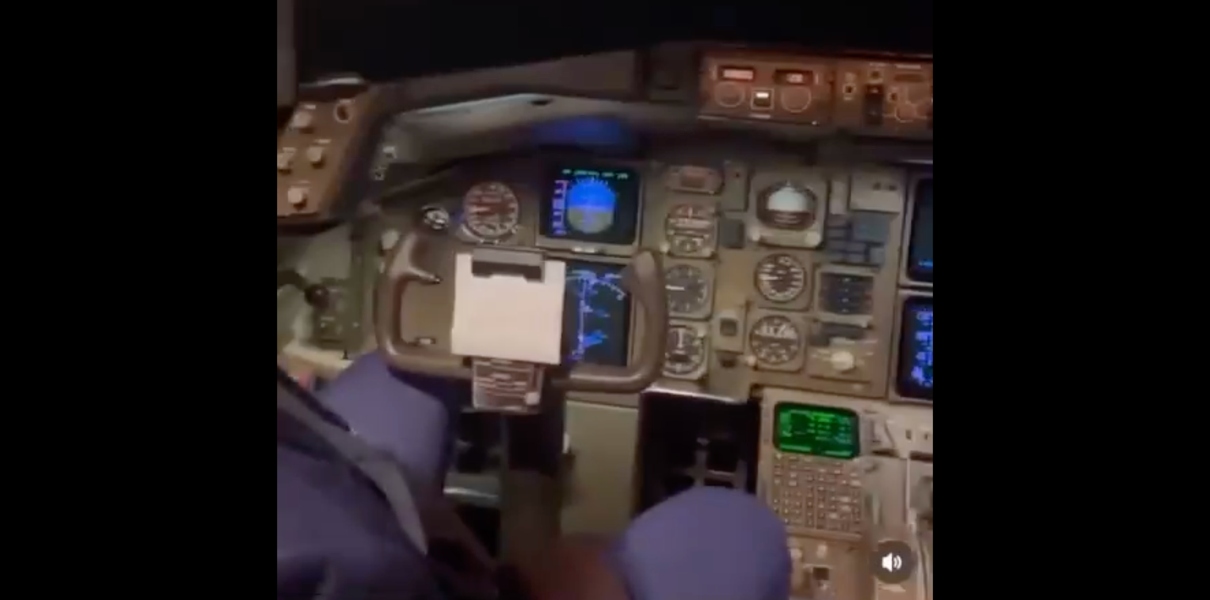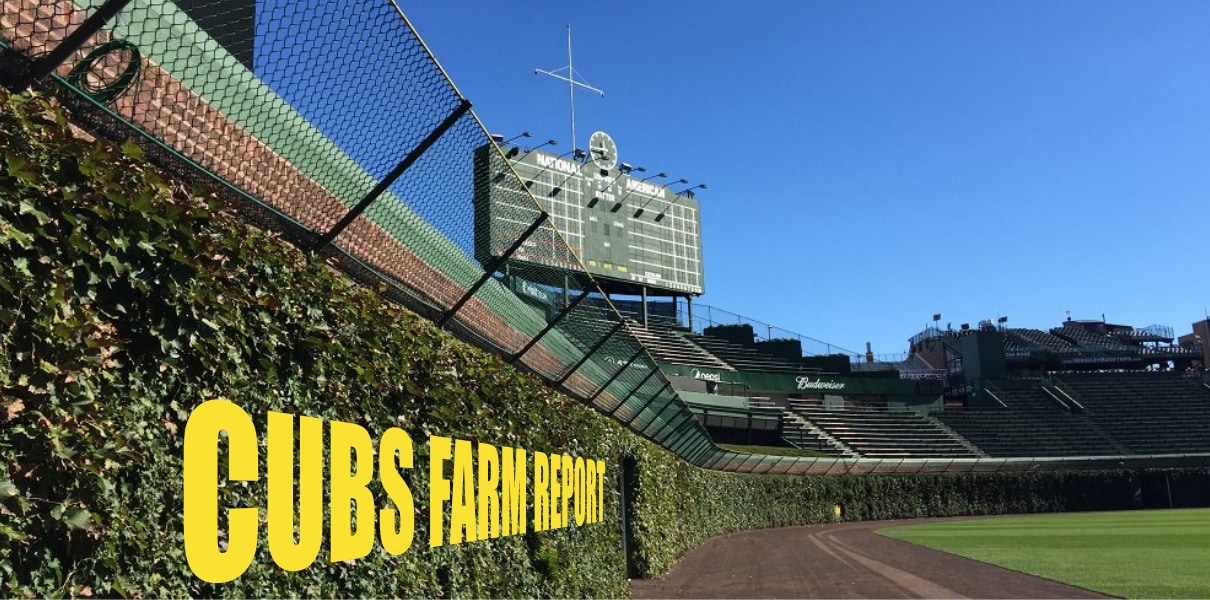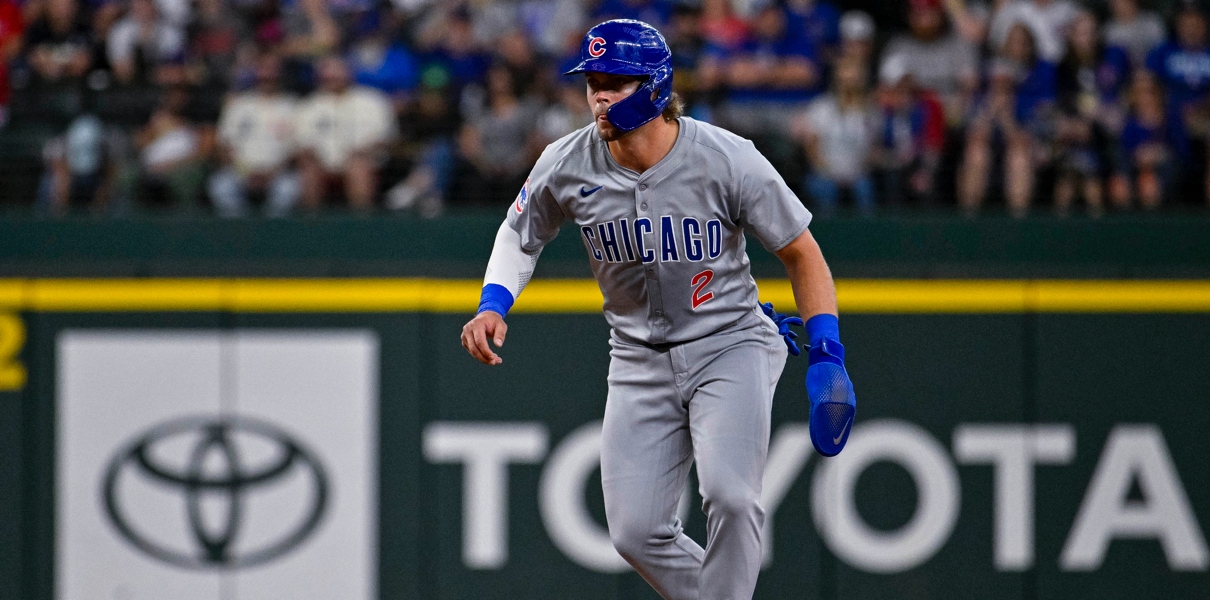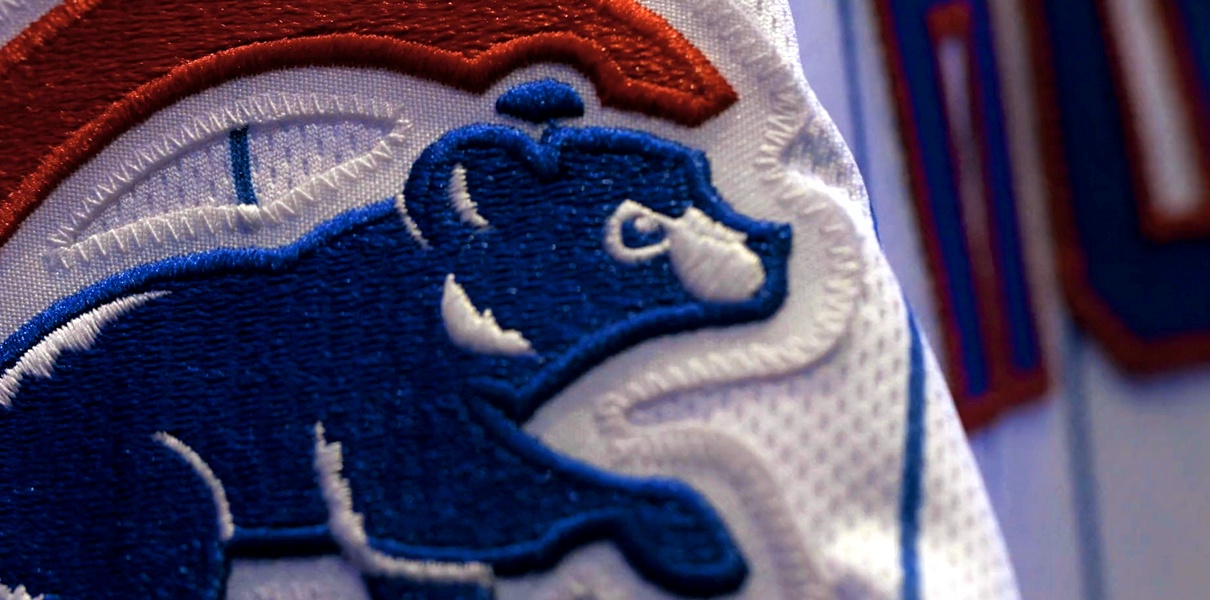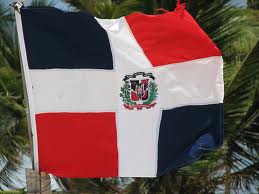
This year, although teams are restricted in their spending by a pool of money (which is calculated by starting with a $700,000 baseline and then adding four “slot values,” which aren’t actually tied to any particular signings), teams are permitted to trade international signing pool space. Teams are permitted to increase their pool by up to 50% (the Cubs’ pool is around $4.5 million), but pool space may be traded only in full slots.
In other words, those four slot values that each team has? The team can trade international pool space, but only those four specific slots – not whatever amount of money you want. The slots range from the high millions for bad teams’ top slot, then to the mid-six figures for the second slot, and down to the $100,000 to $200,000 range for the final slots. For more on the slots and how they are traded, see this helpful piece from Baseball America’s Ben Badler.
As a team heavily into amateur acquisition mode, you can expect the Cubs to spend their full international allotment this year (together with some crafty overage approaches, not unlike in the Draft), and Badler recently guessed that the Cubs will also look to add additional international pool space via trade. Such trades cannot be made until the signing period opens up on July 2, and Badler was told by MLB that international pool space cannot be used as compensation in a player to be named later or cash type deal (of which the Cubs have already made several).
So, come Tuesday, July 2, we might start hearing some Cubs rumors involving international pool space.
But, um … how much is that stuff worth?
The thing is, it’s really tricky to value the international pool money at this point for a number of reasons. There is no precedent, and the inherent value of pool space is fungible. More importantly, although every team values players, prospects, draft picks, and actual cash, not every team is going to value these international slots in the same way.
Indeed, some of the international pool slots may have absolutely no value to the team that holds it because the team isn’t intending on spending it anyway. That slot would still have value in trade – anything you have that the other guy wants is valuable, even if you don’t care to have it anymore – but it would be extremely low. To other teams, however, even the smallest international slot could be very valuable, relatively speaking.
At most, a $200,000 slot would be valued about as much as a $200,000 16-year-old prospect. At least, it would be something less than that, since you’re not actually getting the prospect or the money – you’re just getting space.
It’s important to keep in mind what we’re talking about. This is a metaphysical chunk of money that, after acquired, you still have to spend. You’re trading for the right to spend more money – that could make the value less than you might think. Further, the money is to be spent on the highest risk signings in all of baseball: raw, undeveloped, potentially erratic, and extraordinarily young prospects. How much is the *ability* to spend *more* money on *highly risky* 16-year-old prospects really worth?
The penalties for overspending in the international space are unkind – limits your ability to sign expensive prospects the next year – but not quite as draconian as the penalties for overspending in the Draft. That, too, must be a consideration when valuing trades for extra pool space.
Tony Campana recently netted the Cubs two already-paid-for teenage pitching prospects (one of which, Erick Leal, is looking pretty good in rookie ball so far this year), who had received signing bonuses of $250,000 and $75,000. While this is an imperfect exercise, that should give you a very rough idea of how slots in the $200,000 to $400,000 range should be valued. Tony Campana was a borderline 25th man with a number of flaws in his game, and it looks like he could have netted a healthy chunk of international pool space.
If you’re asking me, extra international pool space is valuable, insofar as the Cubs want to be able to use it, but it isn’t nearly as valuable as established and already-paid-for prospects in the minor leagues. Neither is it as valuable as the competitive balance draft picks that teams can trade (unless you’re talking about $1 million or more of pool space). I suspect that we’ll see the Cubs acquire additional pool space in small chunks as a throw-in to a larger deal, or as part of lesser trades involving guys like Campana.







